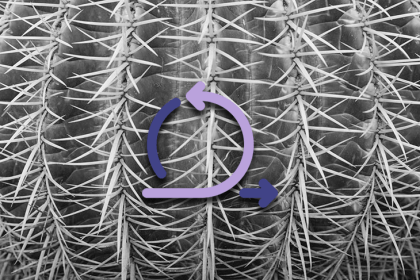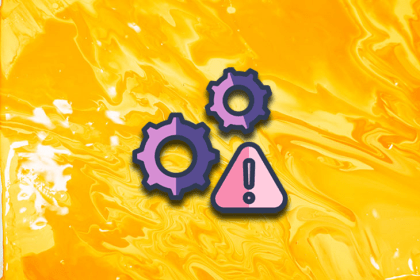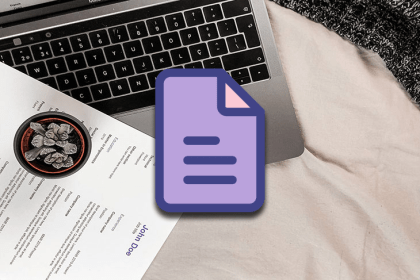
Because you get customer feedback from every incremental improvement made to the prototype, rapid prototyping gives a nice balance of efficiency, speed, and urgency.

As a PM, you and your team likely will face many different customer pain points, needs, and opportunities. It helps to have a well-structured, evidence-based problem statement.

It is always good to get into the habit of asking “why?” This is where the Five Whys framework steps in.

Business agility is characteristic — it’s a company’s ability to respond decisively and swiftly to fluctuating market conditions and changing customer needs.

By having a team charter, teams can have more focus and direction. It clearly spells out what the team will and won’t be working on.

Taking the time to write and execute a spike can save your squad from creating anything that they are unsure about.

As a PM, tracking and managing work via a burndown chart is a shared responsibility with the engineering manager and scrum master of the team.

Both risks and rabbit holes can easily be captured, discussed, and organized into a table known as a risk register.

Having an appropriately worded, structured, and simple resume goes a long way to showcase who you are and why you are the best candidate for the job.